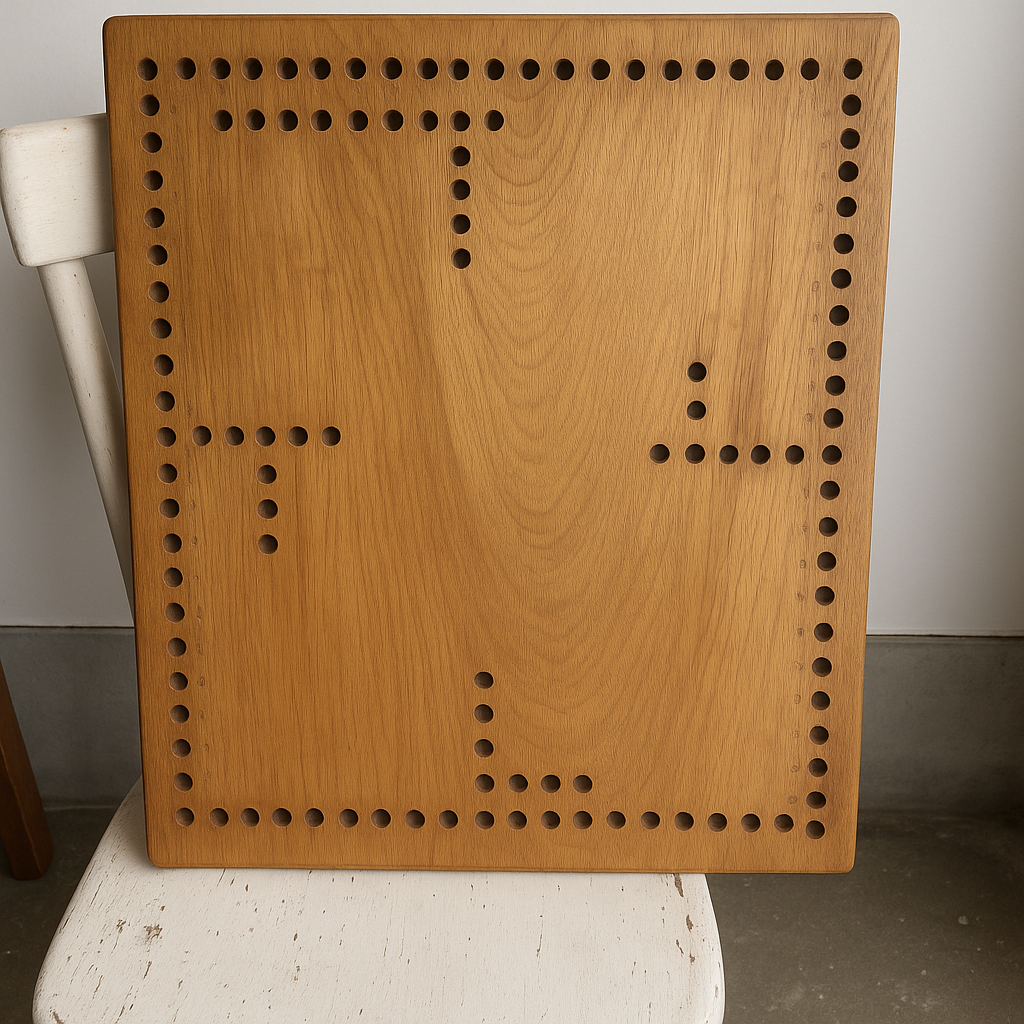There’s something magical about classic family games—they bring laughter, joy, and lasting memories that span generations. Whether it’s a beloved board game, a deck of cards, or an outdoor favorite, these simple activities have a way of bringing everyone together. But here’s a fun twist: what if you created your own version, tailored just for your family?
Designing a personalized take on a classic game is more than just a DIY project—it’s a chance to celebrate your family’s unique quirks, memories, and traditions. Ready to get started? Let’s dive in!
Why You’ll Love This Project
Nostalgic Joy – Breathe new life into childhood favorites with a personalized twist.
Creative Freedom – Design and decorate in a way that reflects your family’s spirit.
Cost-Effective – Make use of supplies you already have at home.
Quality Time – Create lasting memories by building something meaningful together.
Create Your Own Classic Game
1. Choose Your Inspiration
Begin by selecting a game you’ve always enjoyed. Consider classics like:
-
Board Games: Monopoly, Candy Land, Clue, Chutes and Ladders
-
Card Games: Uno, Go Fish, Rummy
-
Outdoor Games: Twister, Hopscotch, Capture the Flag
-
Trivia Games: Jeopardy-style formats, Trivial Pursuit
Think about what makes the game special—and how you can adapt it with a personal flair.
2. Add a Custom Theme or Twist
Make it uniquely yours by adding fun and meaningful touches:
-
Family Monopoly: Rename spaces after cherished memories like “Dad’s Workshop” or “Summer Road Trip.”
-
Custom Trivia: Create question cards about inside jokes, favorite meals, or funny family stories.
-
DIY Backyard Twister: Use chalk or spray paint to build a giant version in your yard.
Let your imagination run wild while keeping the core gameplay enjoyable and easy to follow.
3. Gather Your Materials
Once you’ve chosen your game and theme, it’s time to collect supplies. No need for anything fancy—most of what you need is probably already at home!
Board or Surface – Use cardboard, poster board, or a flat table.
Markers, Paints, or Stickers – For decorating and personalizing.
Game Pieces – Get creative: use coins, buttons, LEGO pieces, or custom tokens made from clay.
Cards or Questions – Print or handwrite cards for trivia or instructions.
Ruler or Tape – For measuring out board spaces or laying down straight lines.
Upcycled Materials – Don’t forget to reuse packaging, boxes, or old game parts!
4. Set the Rules
Now that the game is taking shape, write down the rules. Keep them simple, fun, and easy to follow for all ages.
Start by outlining:
-
How many players can play
-
How the game begins and ends
-
How players move, score, or win
-
Any special actions, penalties, or twists
Don’t hesitate to tweak traditional rules or add new ones that match your theme!
5. Play, Test, and Tweak
Once your game is ready, gather the family and play a round! See what works and what doesn’t.
Pay attention to:
-
Flow of the game (Is it too long? Too short?)
-
Fairness (Are there chances for everyone to win?)
-
Fun factor (Is everyone laughing and engaged?)
After testing, make any adjustments to the rules or design to enhance the experience.
6. Preserve It for Future Fun
If your game is a hit, you’ll want to keep it safe and ready to play again!
Store pieces in a labeled box or zip-top bag.
Take photos of your board and rules to reprint if needed.
Consider scanning your cards or boards digitally.
Let kids illustrate a custom game cover or instruction sheet.
Final Thoughts
Creating your own family game isn’t just about fun—it’s about making something that reflects your story. From the inside jokes on trivia cards to the hand-drawn game board, every detail becomes a memory in the making.
So bring back the fun, roll the dice (or flip the cards), and let your creativity take center stage. You’re not just playing—you’re making traditions that last.
